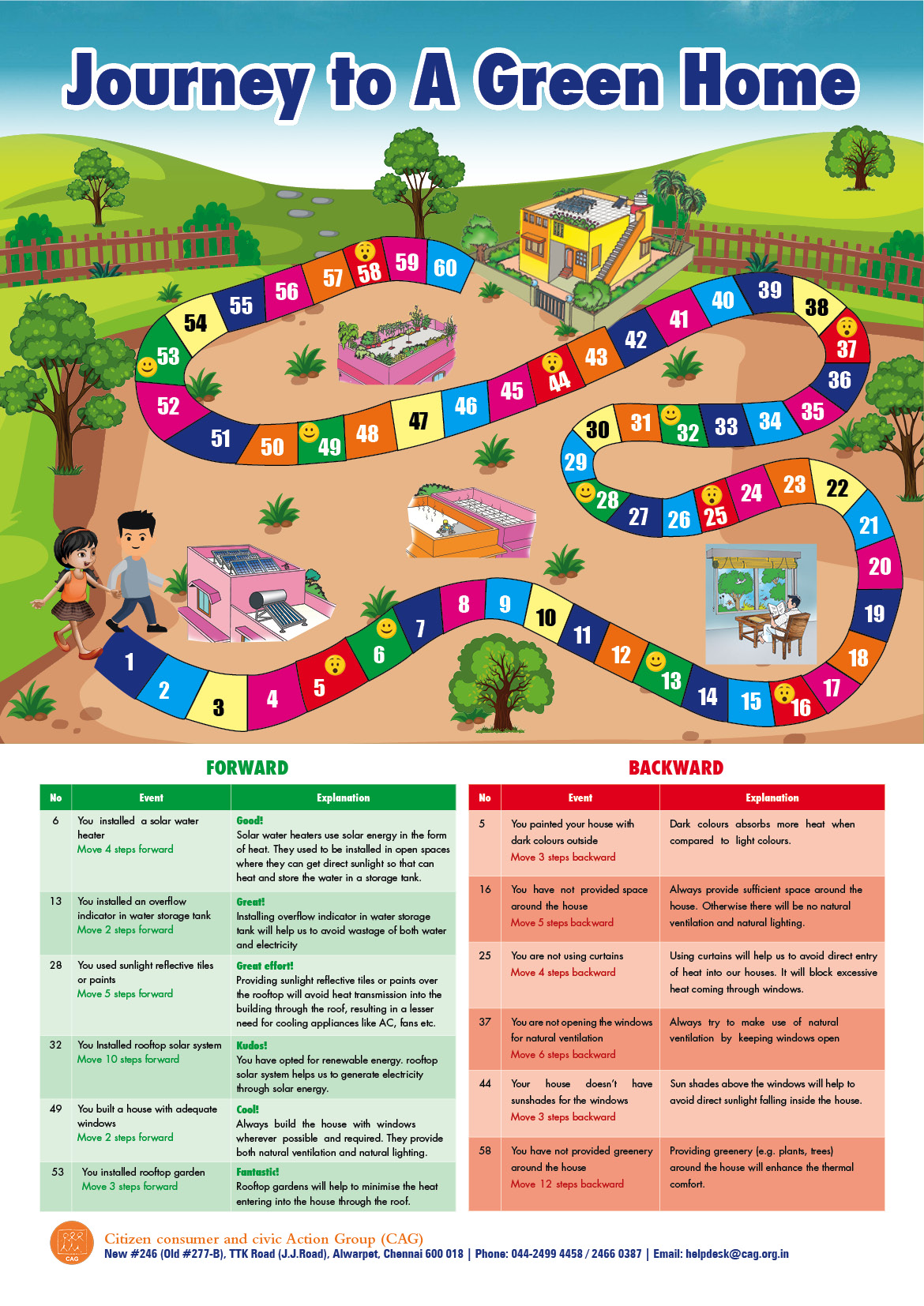Understanding consumers' knowledge and awareness of health insurance
A survey that seeks to understand how informed consumers of the health insurance sector are, and their experiences when they've attempted to claim from the company.
A survey that seeks to understand how informed consumers of the health insurance sector are, and their experiences when they've attempted to claim from the company.
If you are planning to drive to your shopping centre, remember that you might struggle to park. Don't worry! GCC has launched the GCC smart parking app to help you find available on-street parking spots. There are also multi-level parking in various locations across #Chennai. But you know what's even better? #PublicTransport!
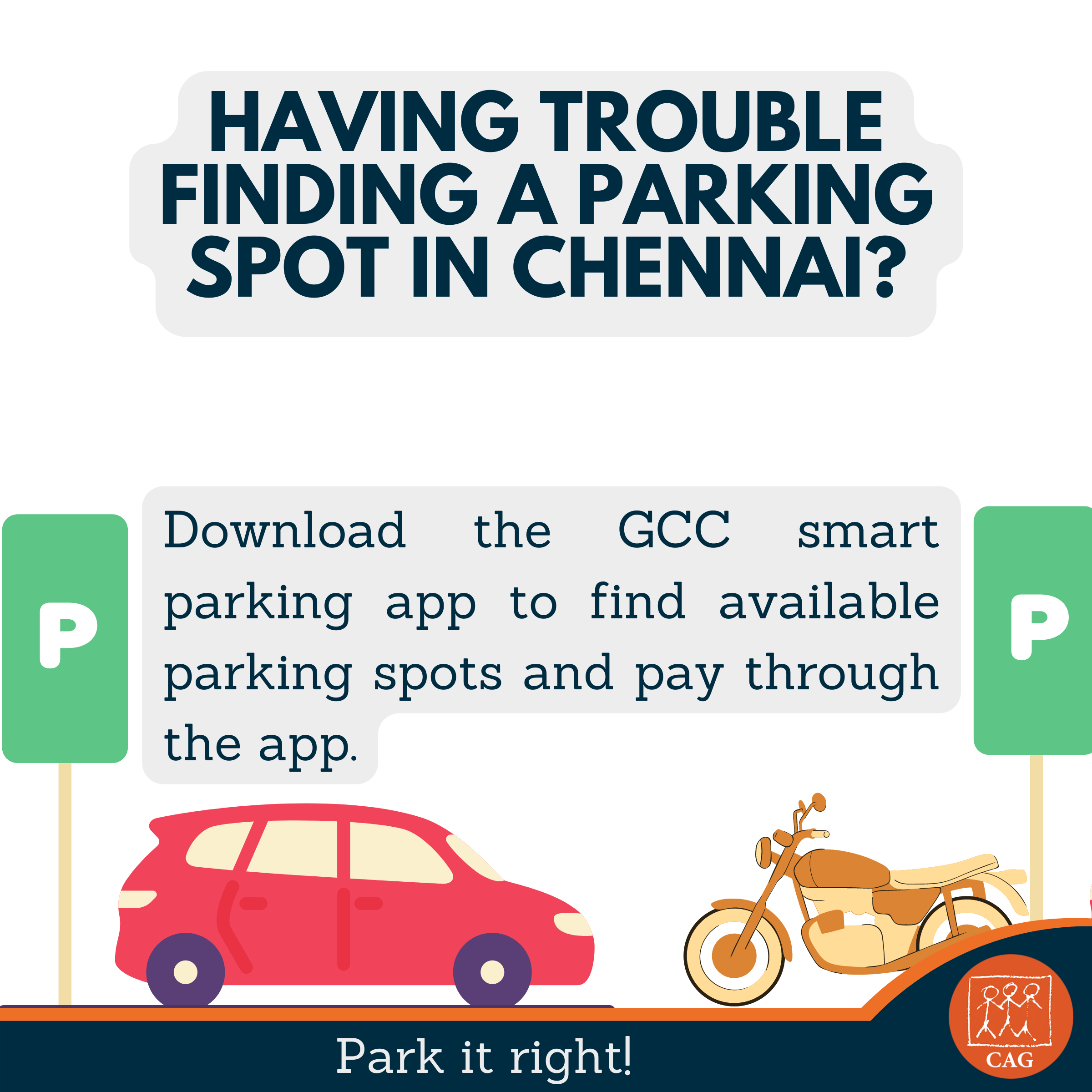
Mr.Ganesan lost his father to a #speeding vehicle. He shares how road crashes not only kill but also have a huge social & economical impact on families. His voice urges us to be more responsible on roads. What are your thoughts? #RoadAccidents #RoadSafety #WorldDayOfRemembrance
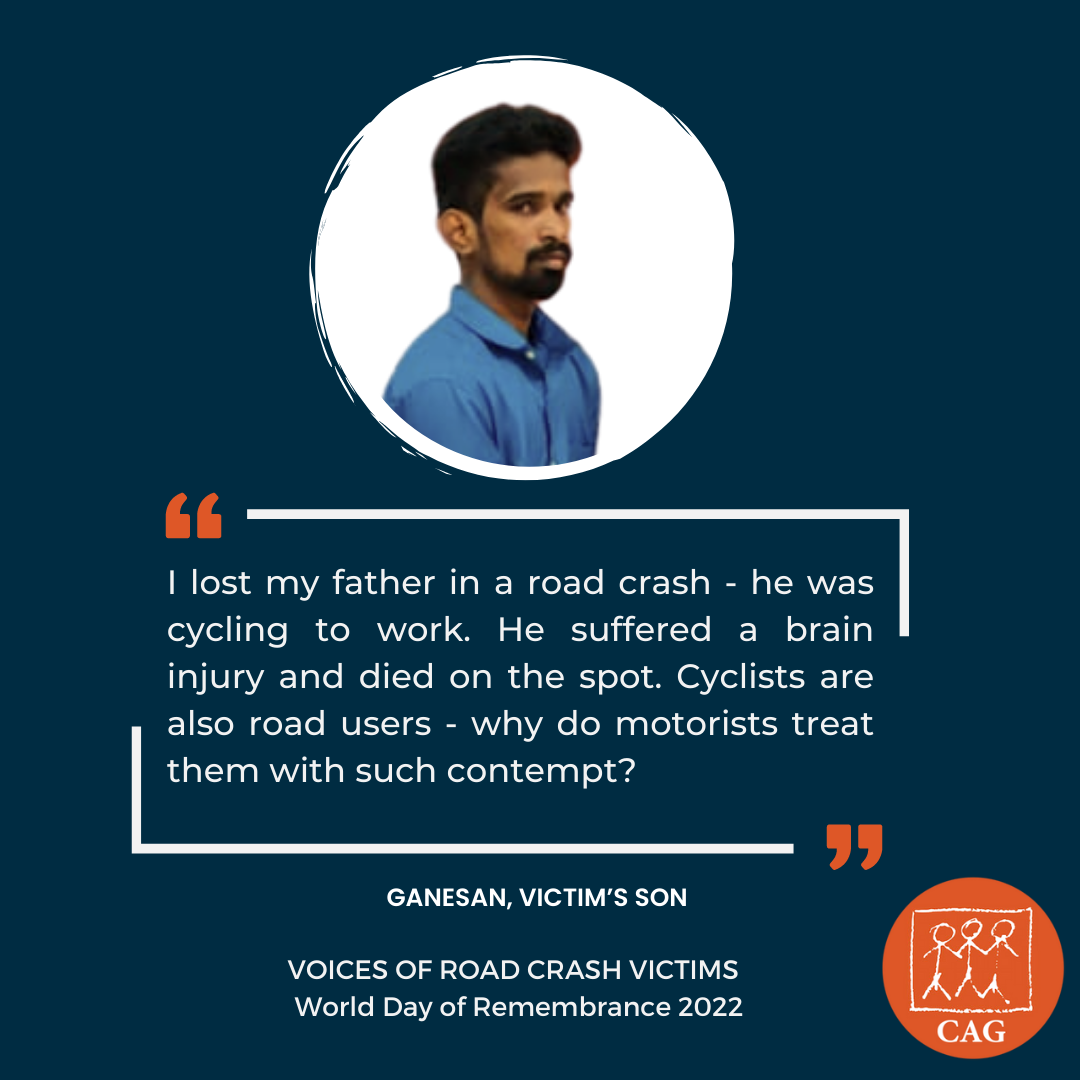
The repeated floods in 2019 & 2021 in Maharashtra’s Kolhapur district cause #ClimateAnxiety, especially among the vulnerable. Improving surveillance, access to #MentalHealth care, & monitoring psychosocial impacts could reduce these risks linked to #ClimateChange.
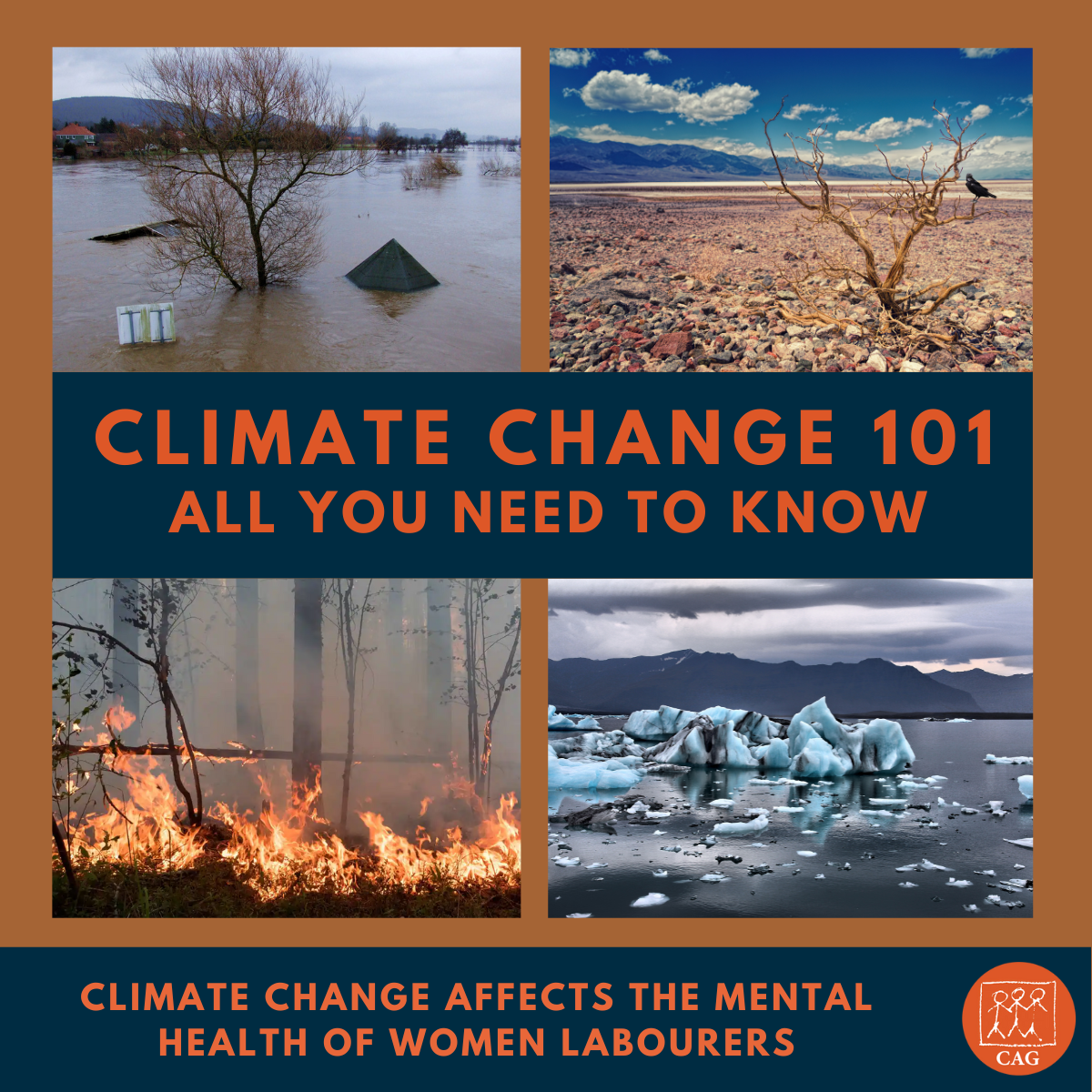
Saving #Electricity, at its most practical will lower your electricity bills. But think bigger than that. Simple steps that you take can help reduce #GreenhouseGas emissions. And collectively, we can help put the brakes on #GlobalWarming. #NationalEnergyConservationDay #SavePower
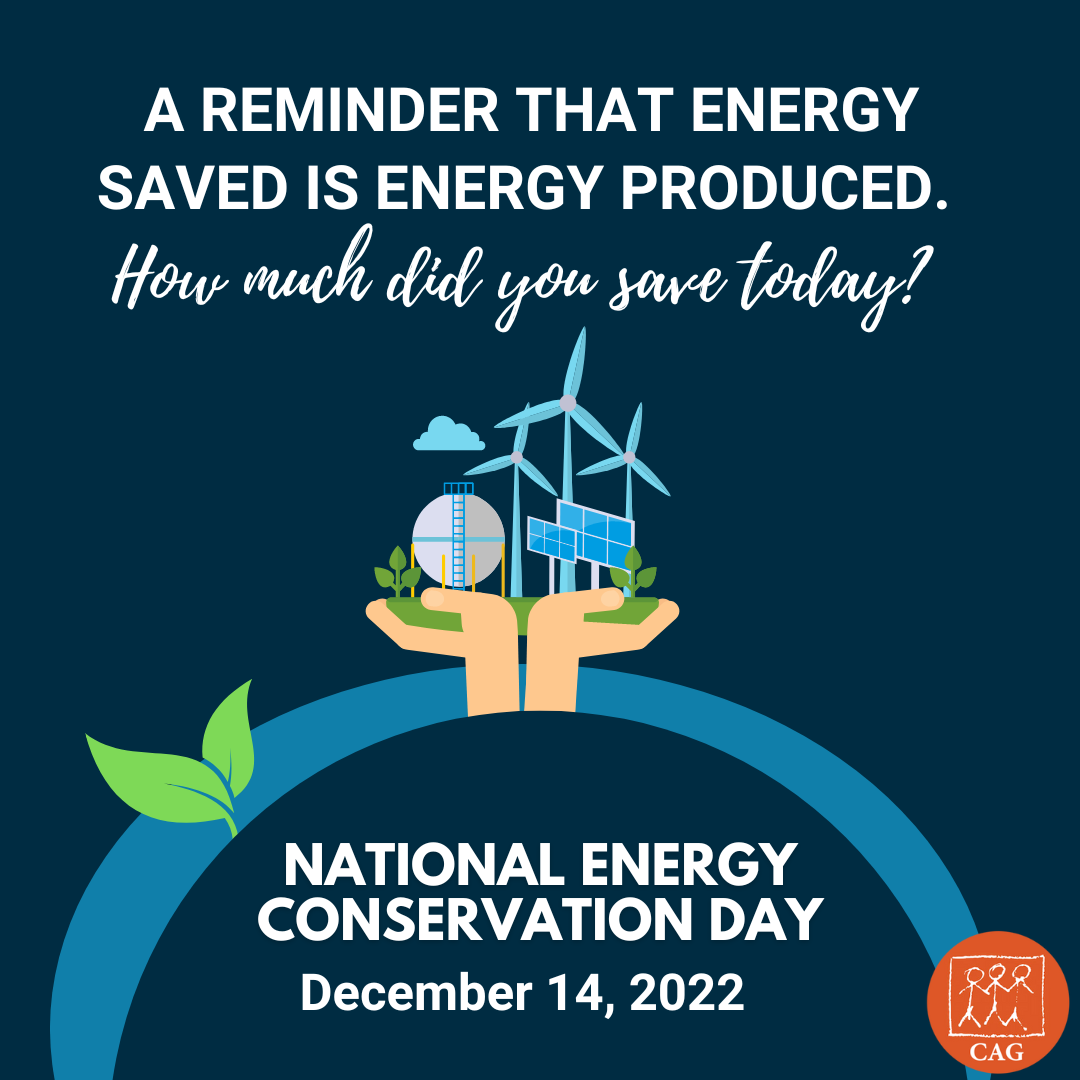
Have shopping planned for this #FestiveSeason? Keep it #sustainable. Don't over-shop. Carry a cloth bag. And of course, use #PublicTransport. If you don't know how to reach your shopping hub using public transport, try one of the apps here. Tell us how it went!
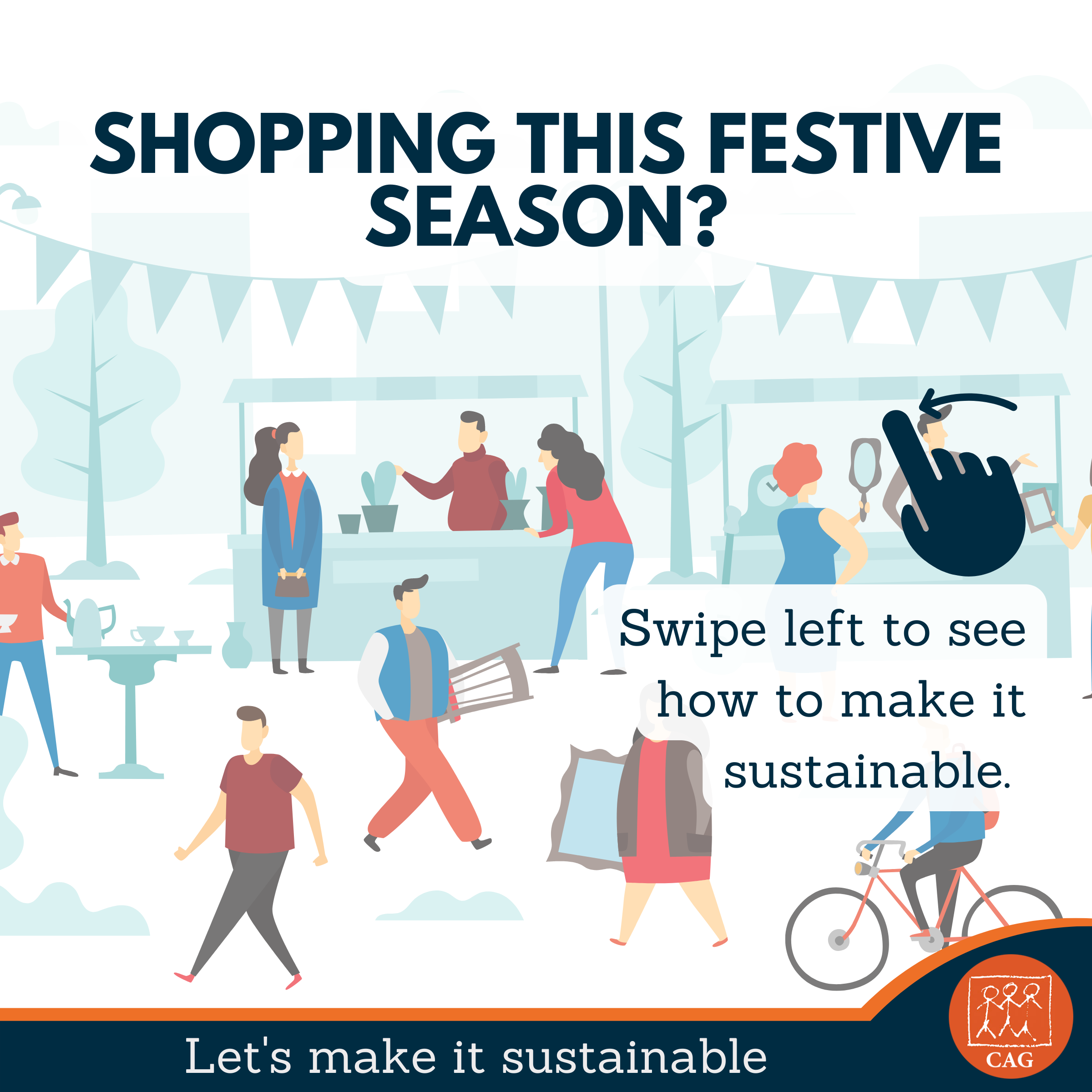
Mr.Rajesh Khanna, a resident of #Chennai highlights how distracted driving has been normalised & why we don't see it as a critical road risk anymore. As a road crash victim (leg injury) he also sheds light on the #employment & financial challenges that survivors face on a daily basis. We cannot shrug off the real financial implications of even minor crashes & how some of these can be life changing.
#RoadAccidents #RoadSafety #WorldDayOfRemembrance
You can check the speed of your #internet connection by clicking on the speed check button on your service provider's website. You can then accordingly register a complaint with your service provider.
#Broadband #5G #ConsumerAwareness #ConsumerRights

According to a study by American Academy of Neurology, the rise in neurological diseases such as migraines, strokes, Alzheimer’s, Parkinson’s and multiple sclerosis is attributed to #ClimateChange. #MentalHealthMatters #ActOnClimate

A simple game which can be used to help youngsters understand and develop energy conservation attitudes, to address the current energy crisis and climate crisis. Have fun and stay energy aware. Download, print and play!
